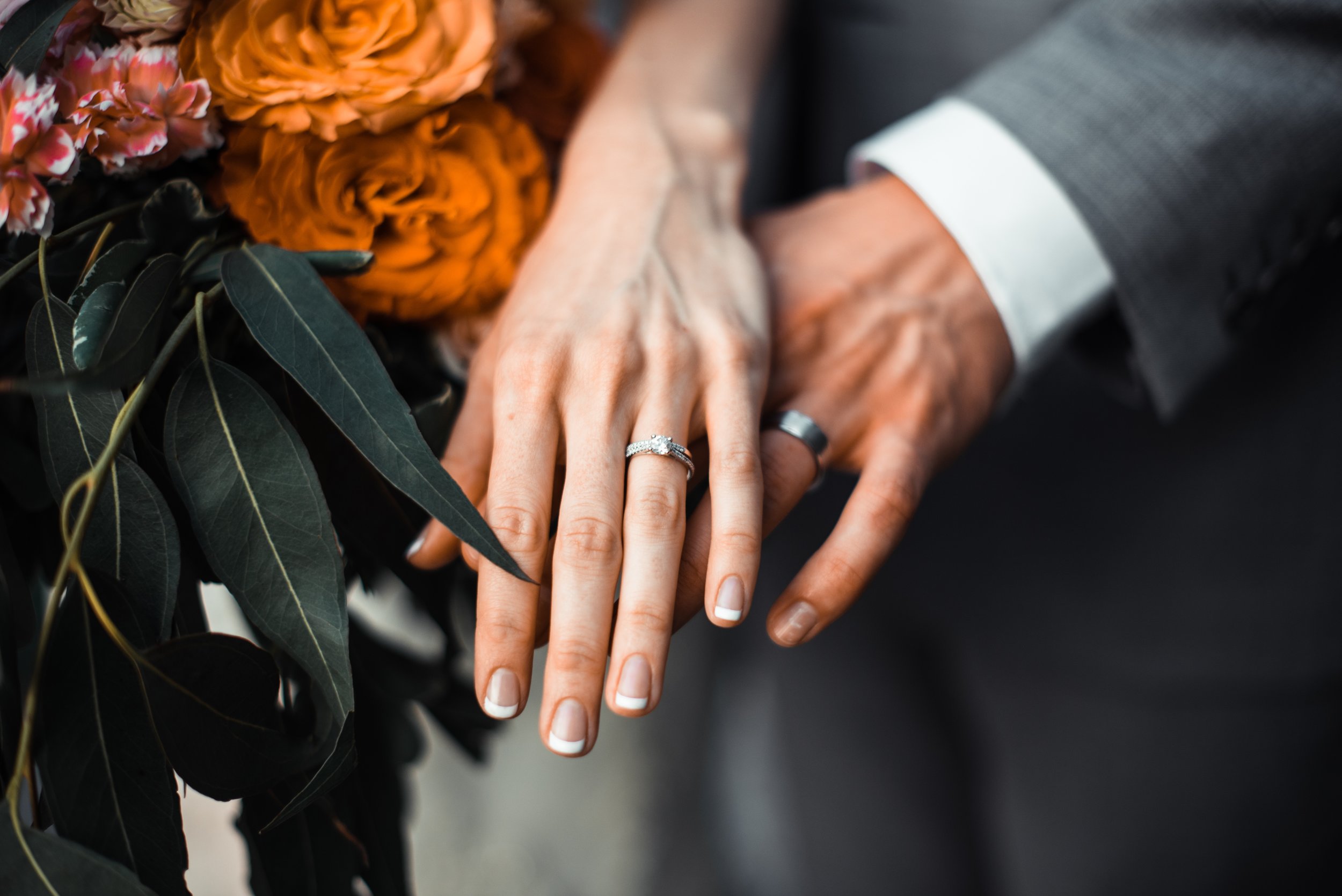Before investing in an engagement ring, there are a few factors to keep in mind; all of which may significantly sway your decision and the value of the ring itself.
Most people have heard of the four “Cs” – cut, colour, clarity and carat. Each of these factors alone plays an important part to the quality and value of the diamond. A smaller diamond with a perfect cut may have a greater value than a larger diamond with a poorer cut or more inclusions which will dull its sparkle. Find a diamond that possesses the four Cs in a balance that suits you (and your budget) and you’ll have found the star attraction of your perfect engagement ring.
Cut
The complex process of diamond cutting involves a great deal of craftsmanship as the more precise the cut of a diamond, the more light will enter and shine out from within the diamond.
Cutting begins with the diamond in its purest form as a rough stone. The diamond is assessed on colour and clarity as well as any weaker areas in the stone, before the jeweller decides which shape will best show off its natural beauty.
A great deal of consideration is given to the depth of the diamond. A rough stone can be shallow cut to reveal more surface area, increasing its outer lustre but sacrificing the diamond’s inner brilliance. Alternatively, it can be cut for ideal brilliance and sparkle but will sacrifice some size. If a diamond is cut too shallow or too deep light will not pass through its facets and the stone will not sparkle to full potential. A good diamond cutter is skilled at finding the best balance between size and brilliance.
Once the basic shape has been established, the diamond is then polished before the second phase of cutting begins. Now, the intricate work of cutting facets into the diamond begins.
The most popular shapes for diamonds to be cut into are:
The colour of a diamond can range from ‘D’ which is colourless and the most prized to ‘Z’ which has a yellow tint and is of less valuable.
Typically, diamonds are graded in the following way:
(D) Completely colourless and of the highest quality
(E – F) Colourless to the naked eye
(G – H) Near colourless
(I – J) Diamonds near colourless with some colour visible to the naked eye
(K – M) Noticeable colour
(N – Z) Strong, noticeable colour and of the least value
Clarity
The clarity of a diamond is like its fingerprint. Most diamonds have small inclusions which will dull a stone’s shine; however it is the size and quantity of these inclusions that will affect its value. Fewer, smaller inclusions mean your diamond will be a gem both literally and figuratively.
Carat
Size matters. Carat is perhaps the term with which diamond seekers are most obsessed. Did you know however that the carat of a diamond is actually based on weight, not size?
Two diamonds of the same weight can appear to be different sizes due to the way they are each cut (a diamond cut with shallow proportions can appear larger). When deciding on a carat size, take into account the following factors:
Personal style – is bling your thing?
Lifestyle – are you/is your fiancée an outdoor girl exploring the world or an urbanite who enjoys a regular manicure?
Size it up – a smaller ring on a larger hand can look out of place. Likewise, an overly large diamond on a very petite hand can look gaudy.
Budget – Think of your budget as a helpful way to narrow down your options, rather than as a limiting factor.
The Next Step
Your diamond engagement ring may be a focus point, but your eventual wedding ring should act as the perfect partner to complement the rock’s shine.
A solitaire (or single diamond) engagement ring, whether brilliant, princess or emerald cut, is the most versatile style to match with your future wedding band. For an extra dose of shimmer, pair it with a pave band of diamonds.
If you’ve chosen an engagement ring with a coloured stone, a wedding band that also incorporates that gem in a subtle way is a nice way to continue the style without competing against the engagement ring.
A heavily-adorned or embellished band will look out of place next to most modern, minimalist engagement rings. Avoid flowery designs and opt for a sleek band with subtle or sans decoration.
Vintage or vintage-inspired rings often feature engraving or other intricacy. Give your ring pairing a cohesive feel by selecting a wedding band that highlights a favorite design element from your engagement ring.





